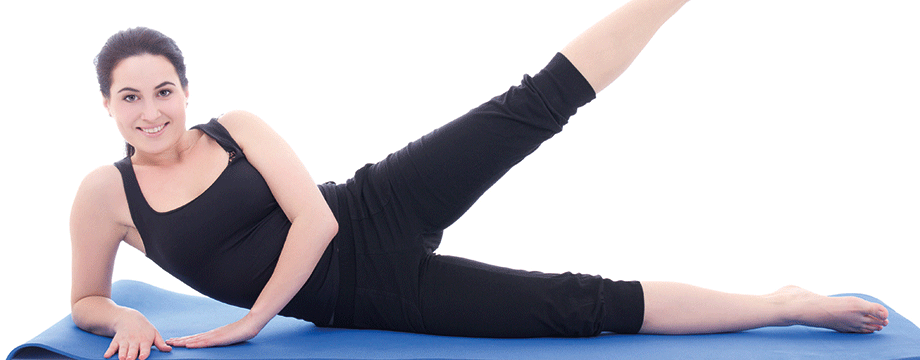Stay strong

Avoid injury and become a stronger runner with these strength-building exercises
Marathon season is here and many runners will be pounding the pavements as part of their training plans. However one of the things that strikes fear in the heart of every runner is the risk of injury. There’s nothing worse than a painful knee or hip to derail all those months of training.
“It is important to understand as a runner – whether you are a novice or an elite – that strength and conditioning should be a key part of your weekly training,” advises Lauren Bradshaw, a specialist sports physiotherapist with Progress, the Cambridge Centre for Health & Performance (www.progresshealth.co.uk).
“Whether this is including exercises into a warm-up regime, or specifically adhering to a strength session two to three times per week, you should be doing something to help improve the robustness of your body to sustain increased mileage and improve overall run efficiency.”
“If you’re looking at improving running performance, firstly you need to know how to prevent injury and increase efficiency in the three main muscles used while running,” says Becky Hodgson, personal trainer and running expert at Hall Training (www.personaltraineroxford.com). “These are the glutes, hamstrings and quadriceps. Once these muscles are working efficiently, you can look at building more strength. This will enable you to produce more power per stride, increase stride length and therefore increase your speed.”
The glutes
To prevent injury at the knee and to improve stride efficiency in your running it is important you keep the glutes activated. To help prevent injury Becky suggests completing a 10-minute circuit of low load glute exercises before heading out on a run. She recommends exercises such as side lying leg raises, X-band walks and glute bridges as they are particularly good for targeting all areas of the glutes. “It may also help to add weighted glute exercises into your gym routine,” says Becky.

The hamstrings
“Hamstring injuries are especially common in runners, and can be caused by a number of factors, including an imbalance of strength compared to the quadriceps,” says Becky. “A study in the British Study of Sports Medicine showed that regularly performing the Nordic Curl can decrease the likelihood of hamstring injuries. During the Nordic Curl, the athlete sits upright on their knees and slowly lowers themselves to the ground while holding most of the tension through the hamstrings. Aim to hold the eccentric movement for three to five seconds before falling completely and pushing yourself back to your start position.”
The Vastus Medialis Oblique
The Vastus Medialis Oblique (VMO) is one of four muscles in the quadriceps and is used every time you push off the ground. “A strong VMO will help to stabilise the knee, preventing it from collapsing inwards, putting it in an unstable and inefficient position,” says Becky. “It will also help to prevent Patellofemoral pain syndrome, also called runner’s knee, which accounts for 16.5 per cent of knee pain.” To strengthen your VMO, Becky recommends an exercise called the Poliquin step up. She explains: “Place your right foot on a box with the heel raised high. Straighten the left leg out in front of the box and slowly bend the right knee lowering the left foot towards the ground. Just before you reach the ground straighten the right knee. Perform 15-20 reps, then repeat with the other leg.”
Becky recommends performing the above exercises two to three times a week, varying the amount of repetitions and increasing the weight accordingly. She adds: “First activate the muscles you’re about to train, like the glute bridge or the Poliquin step up, then build into heavier, strength-based exercises like the Nordic curl. You’ll soon feel as if you’re running on air.”
Read previous Your Living articles here...
Read articles from our latest issue here...